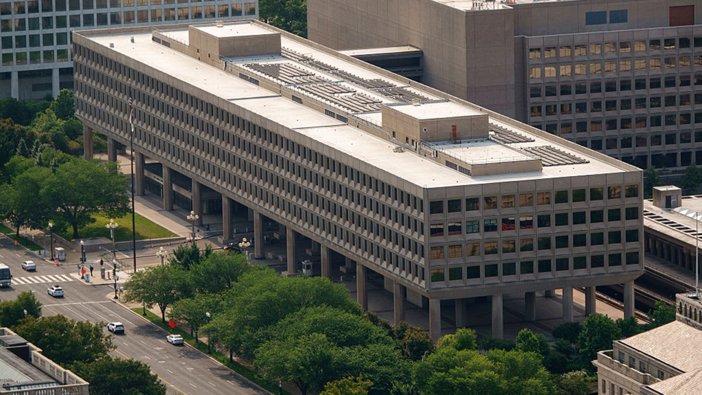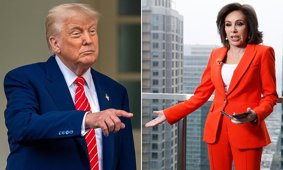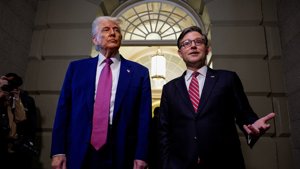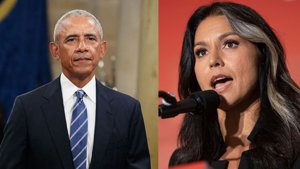
Senate Proposes Federal Real Estate Sales to Cut Debt
Senate leaders propose selling underused federal buildings in Washington, DC to reduce national debt and save taxpayer funds.
Senate Targets Federal Real Estate to Boost Treasury
Senate leaders are advancing a sweeping initiative to sell off high-value federal buildings in Washington, DC, as part of efforts to address the United States’ $36 trillion national debt. The “For Sale Act,” spearheaded by Senator Joni Ernst of Iowa, chairwoman of the Senate’s DOGE Caucus, targets several prominent properties that are underused or costly to maintain.
Among the properties set for market are the headquarters of the Departments of Energy and Housing & Urban Development, as well as ancillary buildings housing other key agencies. According to Ernst, the plan would relocate employees—avoiding layoffs or attrition—while trimming unnecessary federal real estate from government portfolios.
The James Forrestal Federal Building, a modernist landmark known as the former “Little Pentagon,” is at the top of the list. Once a hub for Defense Department overflow staff, it became home to the Department of Energy in 1977. The DOGE Caucus identified this site, alongside several buildings along Independence Avenue, as prime candidates for sale.
Other targeted properties include an Agriculture Department outbuilding operating at just a quarter of its capacity, requiring nearly $2 billion in upgrades. Ernst dubbed this site a government “fixer-upper,” highlighting the urgent need to modernize federal holdings.
Safeguards Against Foreign Ownership
The initiative includes strict protections to prevent foreign entities, especially those linked to rival nations such as China, from purchasing sensitive federal real estate. The legislation would prohibit any entity with foreign “beneficial owners” from participating in sales, a response to concerns about foreign acquisition of property near U.S. military installations.
Additional properties identified for sale are the Hubert H. Humphrey Jr. Building (Department of Health and Human Services), the Robert C. Weaver Federal Building (Housing and Urban Development), the Theodore Roosevelt Building, and the Frances Perkins Federal Building. All are described as underutilized or mostly vacant according to recent Congressional and government accountability reports.
Reducing Costs, Modernizing Government
Official data reveal that American taxpayers spend $81 million annually on maintaining federal offices that are either vacant or mostly empty. Nationwide, nearly 7,700 federal office spaces are vacant and over 2,200 are largely unused, with annual maintenance on 277,000 federal buildings exceeding $10 billion.
Senator Ernst and the DOGE Caucus previously mandated the sale of the Wilbur J. Cohen Federal Building, which at 1.2 million square feet housed just 72 workers in 2024. Such sales are seen as a model for future cost-saving reforms.
By targeting these properties for sale and preventing foreign ownership, Senate leaders aim to reduce government waste, boost the Treasury, and modernize federal operations. As Congress weighs the proposal, its supporters argue it will save taxpayer money and help secure critical government resources for future generations.






